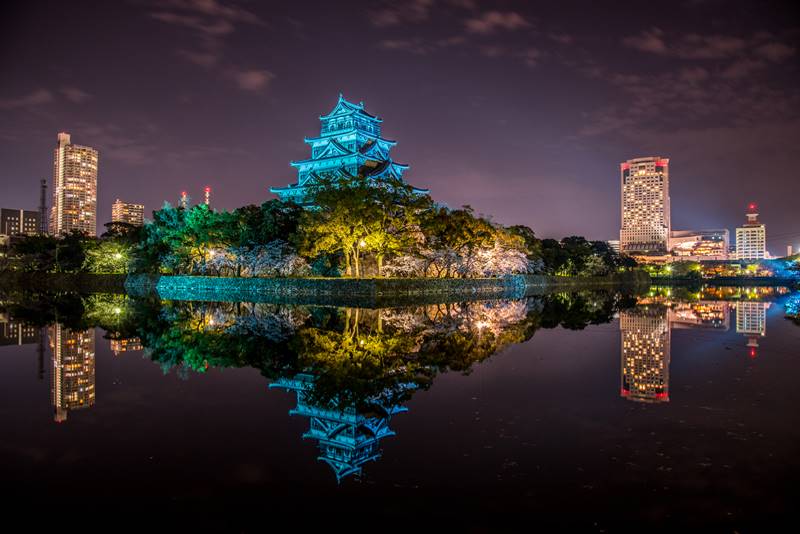This is all about Hiroshima Castle Ruins you want to know.
Every information you get on this site will be from a credible source based on Japanese history (books for reference).
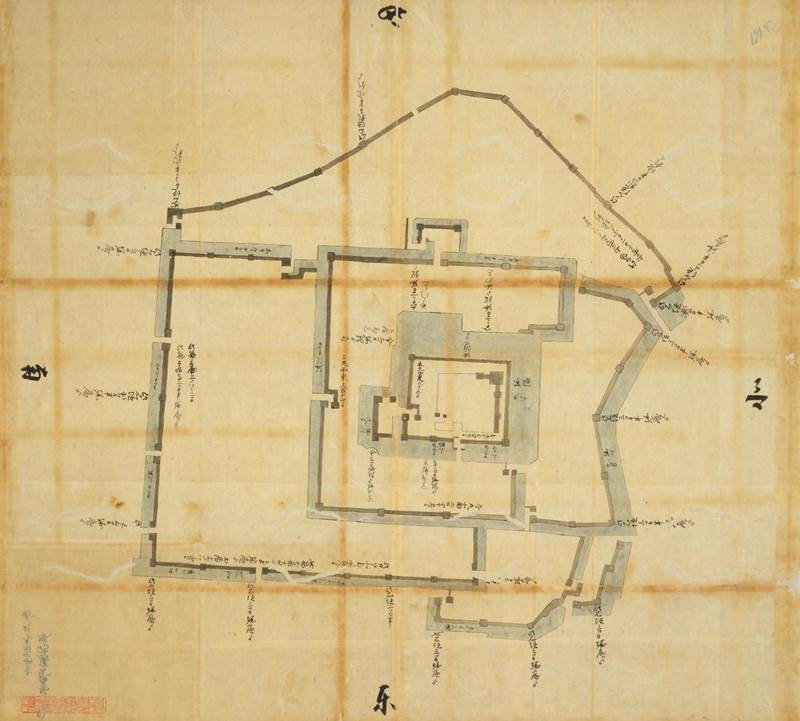
Collected by the Inagaki family, the Toba Daimyō from the mid-Edo period to the Meiji Restoration, as materials for military studies. There are about 350 illustrations, but there is no uniformity because only illustrations of castles, illustrations including castle towns, and old battlefield illustrations are mixed.
Another typical example of a castle picture in the Edo period is "The Shōhō Shiroezu", picture of the castle and castle town that the Edo Shogunate ordered the daimyō to create and submit,aggregating military information such as the buildings inside the castle, the height of the stone wall, the width of the moat and the water depth, etc., it also details the location and shape of the castle town and the mountain river.
Profile : Hiroshima Castle Ruins
| Location | Hiroshima City, Hiroshima Prefecture |
| Also known as | Carp Castle |
| Type of castle | Hilltop |
| Mountain's name | ー |
| Elevation | ー |
| Condition | Reconstructed main keep National Historic Sites |
| Year built | 1589 |
| Abolished | 1874 |
| Castle lord | Mōri Terumoto |
| Refurbishment lord | Fukushima Masanori |
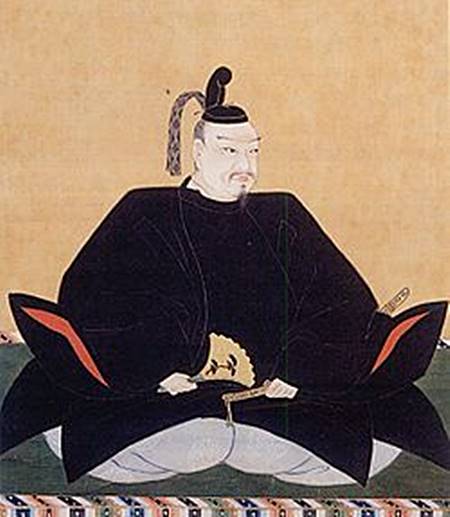
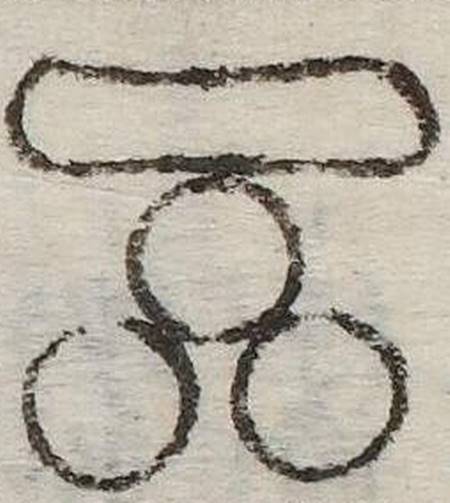
The family crest was originally created from the pattern that the emperor and the royal family put on the kimono, and the pattern was made into a fixed pattern, and the one attached to his own oxcart is said to be the beginning of the family crest. The warlords drew large crests on the flag-fingers, used to distinguish enemy views on the battlefield, and used by the generals to determine which warlords were active and how much.
Hiroshima Castle admission
admission fee : Main keep 370yen (Adult) 180yen(above 65years and high school students) Ninomaru : free
admission time :
main keep : (December 1- Feburary 29 ) am9-pm5 (March 1 - November30) am9-pm6
Ninomaru : (October 1- March 31 ) am9-pm4.30 (April 1 - September30) am9-pm5.30
closing period : December 29-31 reference official site
Hiroshima Castle Google Ma
Hiroshima Castle Images
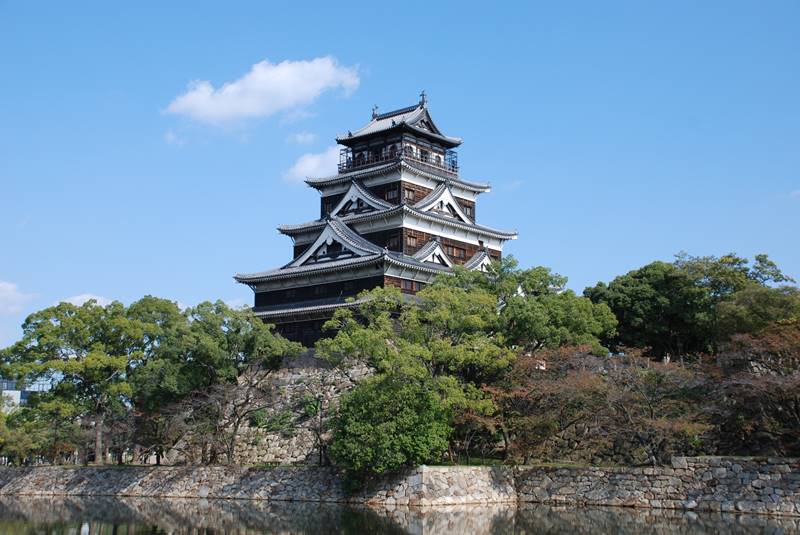
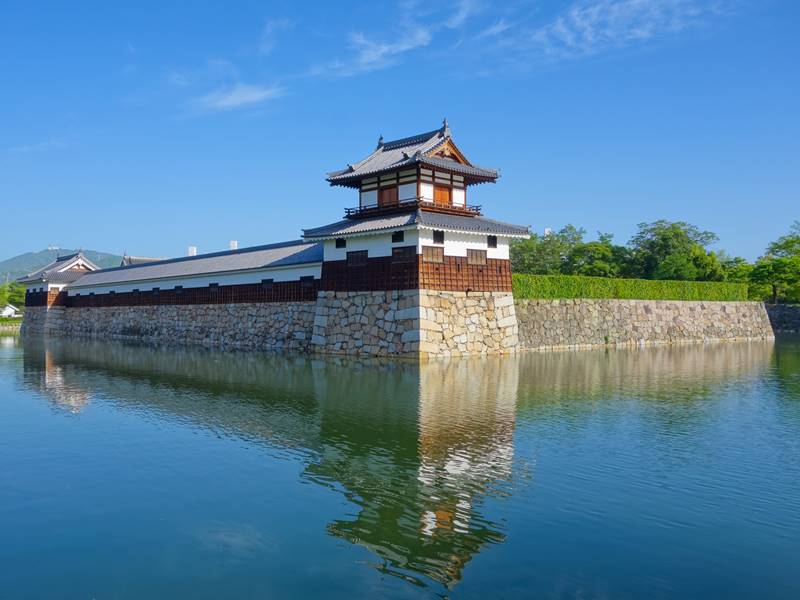
After the Meiji era, the main keep, bōrō-type five-fifth-floor, built in the Honmaru still remained, but collapsed due to the atomic bomb in 1945. The current one was rebuilt in 1958, also the Omotemon of Ninomaru, Flat Yagura, Tamon Yagura and Taiko Yagura have been rebuilt. The old main keep was an articulated tower with two small towers, which is a little different from the reconstructed one.
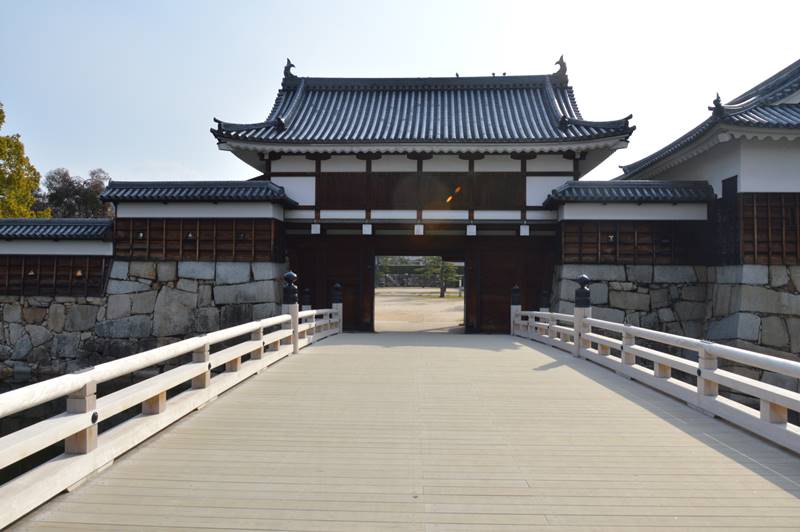
It is now the entrance to Hiroshima Castle, was estimated to have been built around the end of the 16th century, and lasted for about 350 years until it was burned down by the atomic bomb in 1945. The present one was restored in 1991 to commemorate the 400th year of Hiroshima Castle.
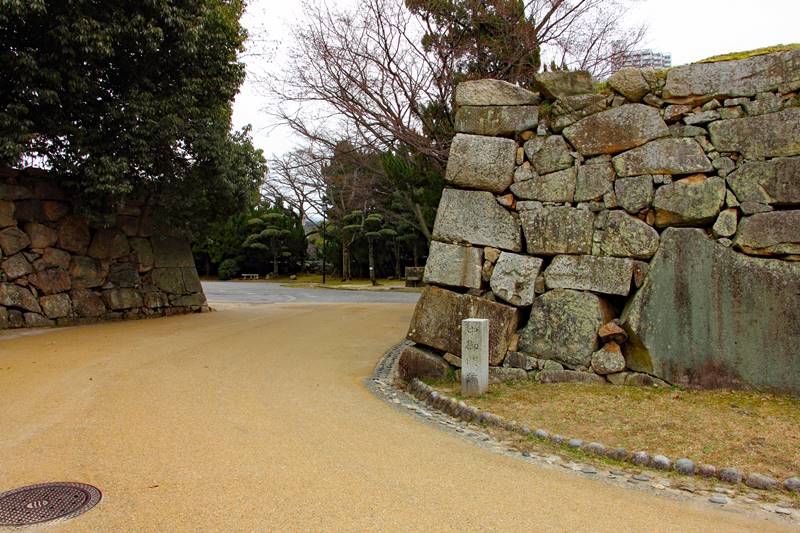
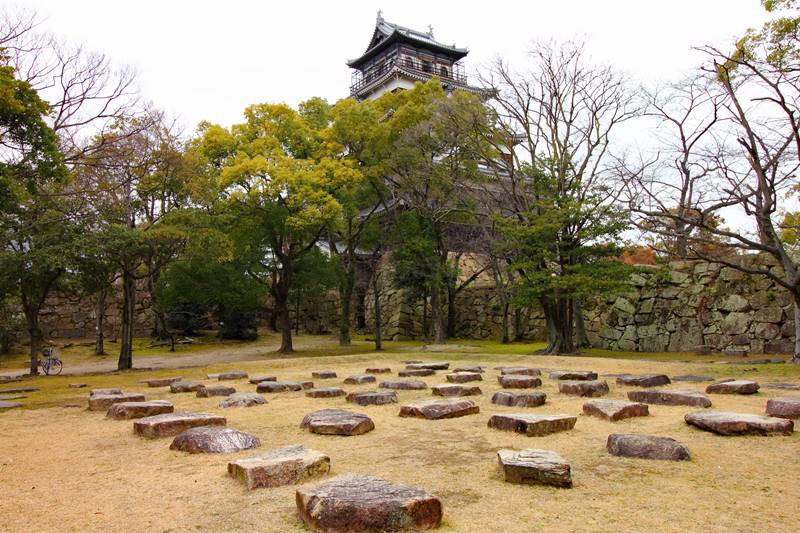
The land that was built was originally a delta in the Ota River, and the ground was weak, so it was very difficult to build a castle. Therefore It took ten years until completion .
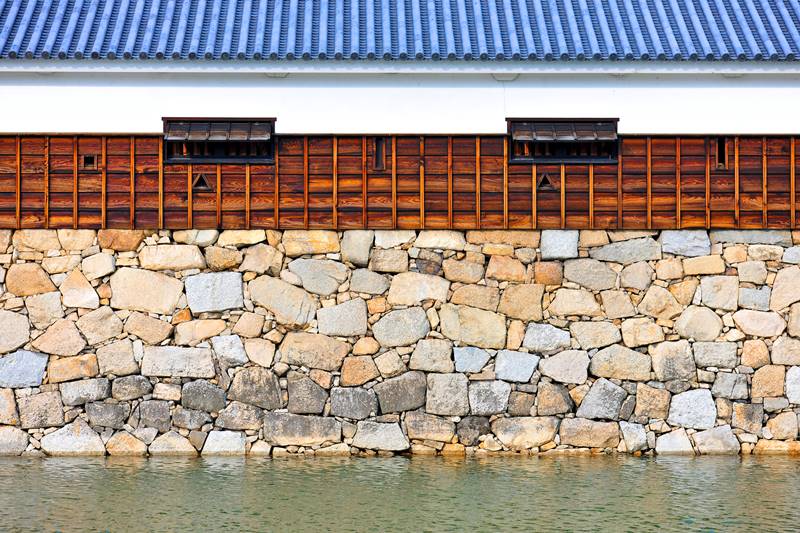
Ishi-otoshi is a device to protect the castle keep, through which enemies climbing up the stone walls were attacked by stones or boiling water, etc. During the end of the Sengoku (Warring state) era, where the main weapon used in battles was matchlocks, it is believed that matchlocks were fired through these windows at enemies who tried to crawl up the stone walls.
